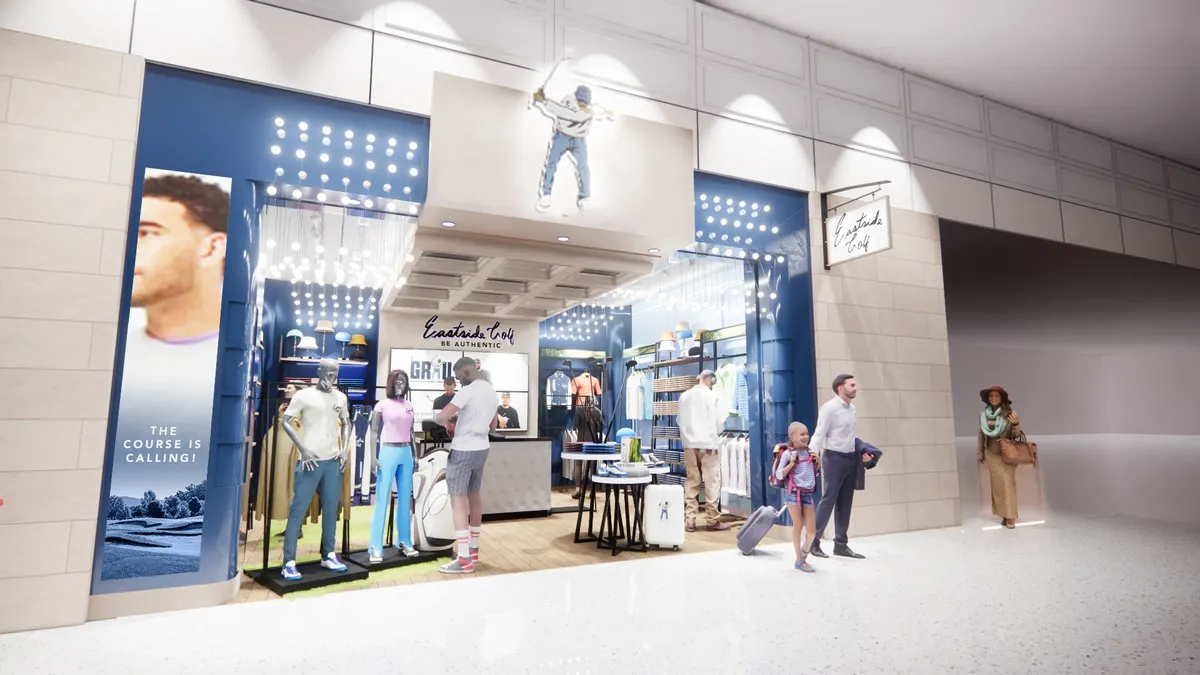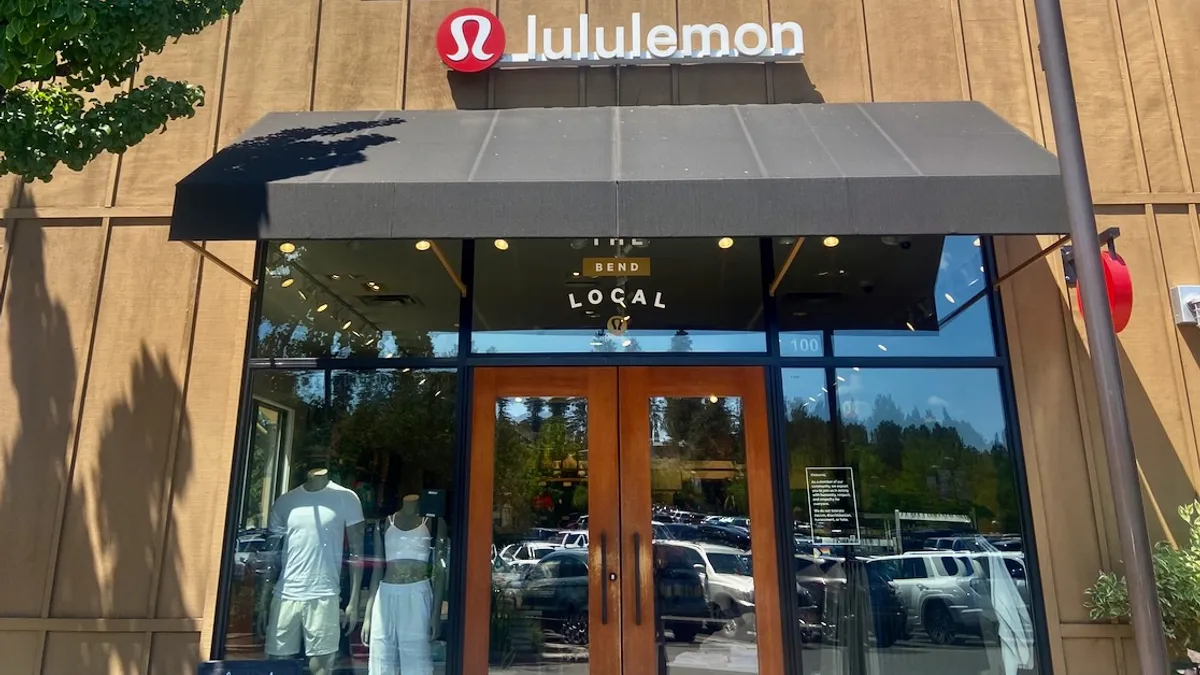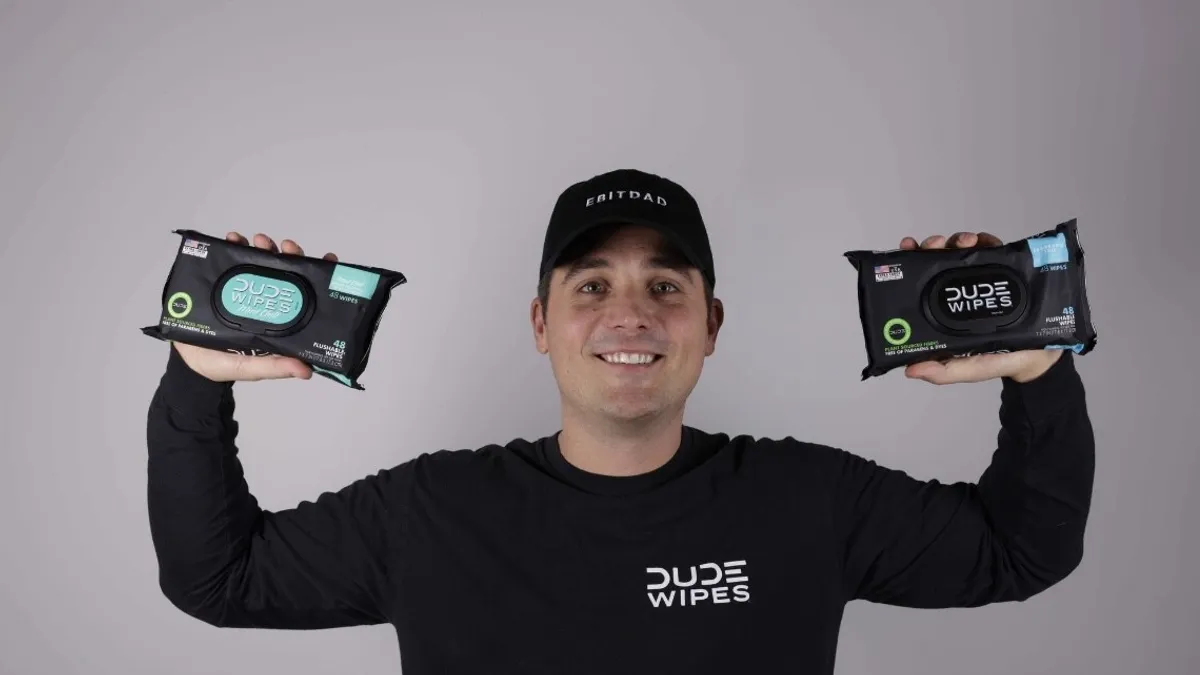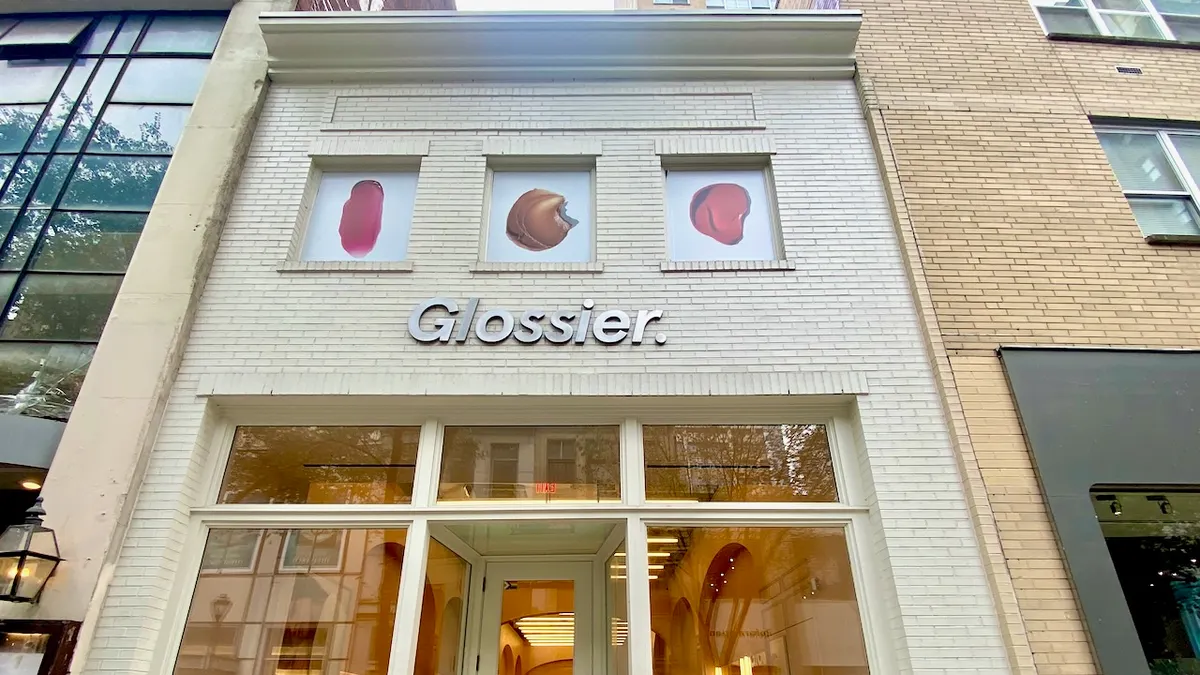It seems like nowadays, DTC brands are moving faster into wholesale.
Direct-to-consumer retail thrived during the onset of the COVID-19 pandemic when customers couldn’t visit larger retailers, looking online instead for purchases. Some companies who have historically counted on their wholesale partners even started leaning more heavily toward their direct-to-consumer channels. Nike has been pivoting to a DTC strategy over the past few years, investing more in stand-alone stores and minimizing its presence at places like Foot Locker (though, Foot Locker executives this week said that the company was working to revitalize its partnership with Nike). In 2019, Levi’s CEO said its wholesale revenue represented 30% of its business, down from 50% in 2011. More recently the retailer has been working to make DTC account for 60% of overall revenue.
But as stores have reopened, plenty of digitally native and new brands have rushed onto shelves at mass retailers instead.
Wellness beverage brand Gorgie in January launched a direct-to-consumer website at the same time it entered its first Whole Foods Market store in New York City. Facemask brand Loops expanded into Target nationwide in February, and skin care company Futurewise entered the retailer just a few months after it debuted.
So is DTC dead? Not at all, according to some experts and brand owners in the industry.
DTC channels still provide key benefits for brands, and can help better inform a wholesale strategy. But as e-commerce has evolved and categories have become more saturated, the move into wholesale might be happening sooner than before.
'Investors are looking at wholesale'
Some well-known, early disruptors in the DTC space include brands like Dollar Shave Club, Casper and Warby Parker.
All were founded around 10 years ago, and times have changed since then.
When these brands were gaining traction online, the cost of acquiring customers on platforms like Facebook was low and therefore could be scaled quickly, according to Alex Song, founder and CEO of Proxima AI.
The opportunity on these platforms was greater back then and the economics allowed this initial group of brands to acquire customers very fast, Song added.
While many DTC darlings built a strong presence selling through their own channels, many brands will need to look to wholesale for growth, an avenue newer companies are pushed to do sooner than before.
“You don't have to fully go wholesale, but you kind of need to start exploring that earlier,” Song said. “The more recent stretch of brands … you'll see that they're all leveraging wholesale much more immediately.”
Platforms like Facebook and Shopify may have endless real estate to place ads on, leaving only the best brands to snag the finite space on retail shelves, according to Song. For those that can get spots in stores, funding from investors may come more easily.
“Investors are looking at wholesale and retail relationships as a proof point of the brands that they want to back,” added Song.
Already having relationships with retailers is something brands need nowadays to be considered for investment, according to Andrea Hippeau, partner of venture capital firm Lerer Hippeau.
“I think that we're really looking for distribution unlocks both in retail or in other ways in order to make a DTC investment,” Hippeau told Retail Dive in January.
How DTC feedback boosts wholesale
Having a wholesale plan doesn't mean abandoning DTC. The two channels can complement each other, as DTC data gives brands a better idea of how to approach wholesale.
When iOS 14.5 launched in 2021, DTC brands had to deal with the increased privacy options Apple provided users that could limit the data gleaned from their online activity.
Despite the chaos this might have caused for businesses at the time, emerging brands like canned fish company Fishwife still see data and direct feedback as one of the best parts of maintaining and growing a DTC channel.
“We do a ton of regular, in-depth surveying of our customers and each one told us that anchovies, the first product we brought into Whole Foods, would knock it out of the park,” Fishwife co-founder and CEO Becca Millstein told Retail Dive via email. “Nothing gives you more confidence than having your customer tell you directly that they are dying to buy a certain product from you.”
Loops CEO also told Retail Dive in January that the company chose to work on a partnership with Target based on customer surveys the brand conducted through its DTC channels, helping it make sure it was reaching customers wherever they shopped. The home products company Grove Collaborative also formed and surveyed a group of 100 customers from the brand’s private Facebook group to help inform its new wellness hub.
“I’d have to agree that the best way to gather first-party data, for Fishwife in 2023, at least, is DTC,” Millstein said. “You just get so much custom data from the DTC experience via your website, email, and SMS.”
Millstein added that building a strong community through DTC first has helped it better prepare to move onto retail shelves, where the stakes are higher for a brand of its size.
The brand awareness and customer knowledge that comes from DTC can also attract retailers, instead of the other way around.
Food brand Fly By Jing – which recently raised $12 million and has become known for its Sichuan chili crisp – was able to gain DTC traction online that helped it step into one of the biggest grocery store chains in the nation.
“We started out four years ago just purely DTC. And we've been able to build a really strong community brand presence online,” Fly By Jing CEO and founder Jing Gao told Retail Dive. “And the thing is that after we really built up our brand awareness, a lot of retailers actually ended up coming to us. So we started out with Whole Foods, which was a buyer who just was a fan.”
And while wholesale is now about half of the company’s business, Gao is still investing in growing the DTC audience through the viewpoint that its online site is a place to retain diehard customers.
“I think the online site, as we grow further into retail, will become less and less like the first point of contact for a customer to get the brand,” Gao added. “Then the DTC site evolves to become more of like a retention channel and maybe where we release limited-edition partnerships or exciting products that we may not necessarily go into retail with yet.”























